6.1.9
The Witches
The Witches - Supernatural
The Witches - Supernatural
The play begins with the witches. This sets a supernatural theme from the start and puts the audiences (who hated and feared witchcraft) on edge. The witches are immediately shown to be evil characters.
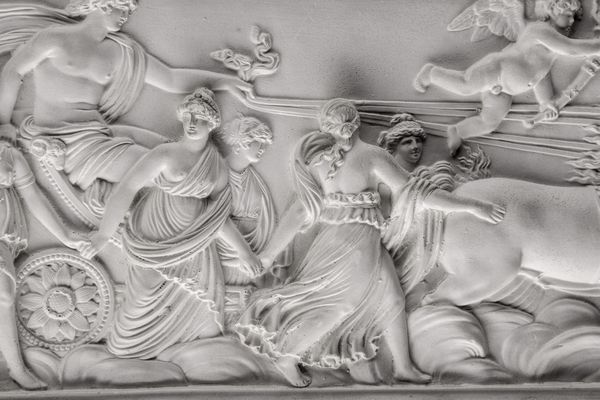

'weird sisters'
'weird sisters'
- This is another term by which the witches are called. This term has roots in classical mythology: the three 'wyrd' sisters were the fates, who knew men's destinies.


'Stay, you imperfect speakers. Tell me more.' (1,3)
'Stay, you imperfect speakers. Tell me more.' (1,3)
- This quote shows Macbeth ordering the witches to stay, but they disappear.
- When the witches speak with Macbeth and Banquo, they only give them a little information.
- This shows that he cannot control the witches' actions (or his own fate).
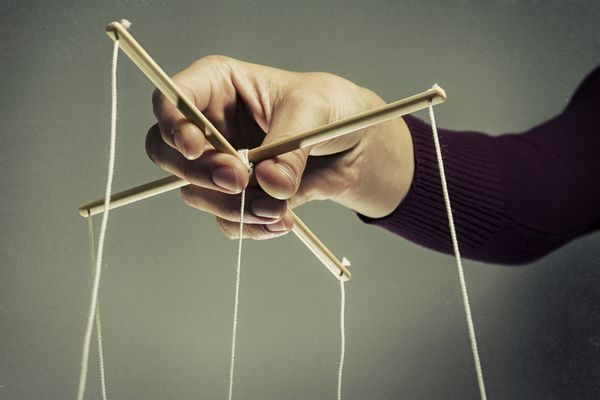

'their masters'
'their masters'
- The spirits that the witches conjure (make appear by magic) are 'their masters'. This shows that supernatural beings or creatures control them.


'Graymalkin' and 'Paddock' (1,1).
'Graymalkin' and 'Paddock' (1,1).
- These are a cat and a toad. People believed that witches had animal helpers to help them do their wicked deeds.
- Shakespeare relates to these characters to show the audience that they are wicked creatures.
The Witches - Evil
The Witches - Evil
The witches symbolise the evil of witchcraft in the following ways:
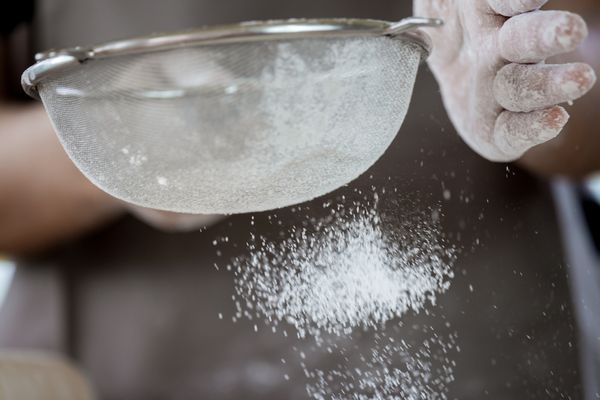

'In a sieve...'
'In a sieve...'
- 'In a sieve I'll thither sail, / And like a rat without a tail, / I'll do, I'll do and I'll do' (1,3).
- This quote reflects the idea that one of the witches can sail in a sieve and is related to the accusations made against the Berwick witches.
- These were a group of people accused of trying to harm King James I when he returned with his new wife across the North Sea.
- Shakespeare makes it very clear that these women embody (express) all the evil-doing associated with witches at the time.
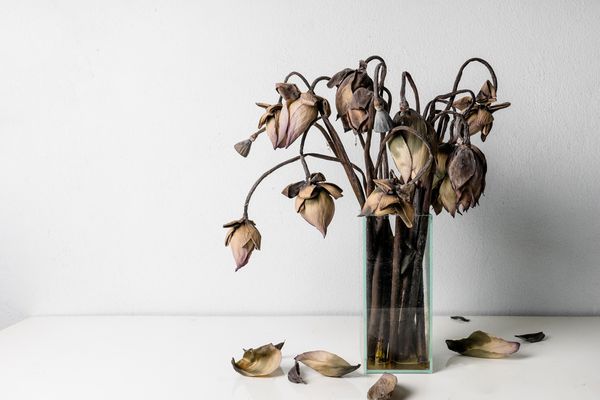

'So withered and so wild'
'So withered and so wild'
- 'What are these, / So withered and so wild in their attire, / That look not like th' inhabitants o' th earth, / And yet are on' t?' (1,3).
- When Macbeth and Banquo first see the witches, Banquo doesn’t know what they are.
- The witches don't look human. Their clothing is 'withered' and 'wild'. This suggests that they don't live like normal members of society.
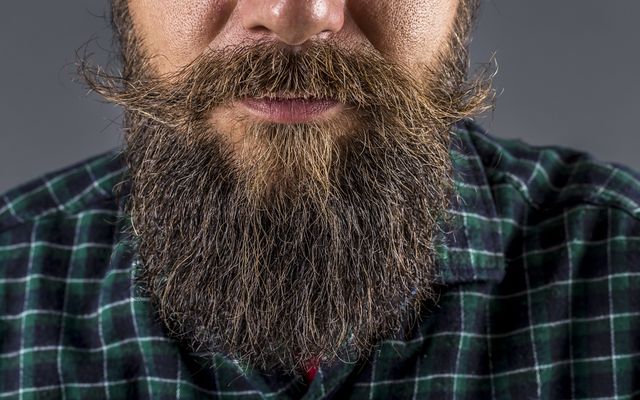

'You should be women'
'You should be women'
- 'You should be women / And yet your beards forbid me to interpret / That you are so' (1,3)
- Banquo is struggling to identify whether they are women or not.
- Their unconventional appearance reminds the audience of how unattractive witchcraft was. Women who practised it started to look inhumane.
- Shakespeare is conforming to the ideas of Jacobean England, where the supernatural was feared. Those who practised it were viewed as evil – the witches’ ugly appearance may echo this apparent inner-evil.
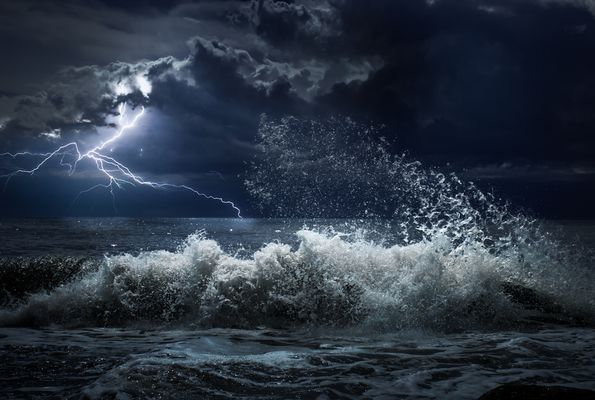

'Fair is foul...'
'Fair is foul...'
- 'Fair is foul and foul is fair' (1,1)
- The witches chant this line. This shows that the natural order of things is already being disrupted.
- The natural order is disrupted because of the witches.
- Nature becomes harsher (lots of bad weather, like thunder and lightning), the God-appointed king is murdered, friendships are severed, children are killed before their parents (Macduff’s son is slaughtered in front of his mother), and Lady Macbeth takes her own life before her time.
The Witches - Casting a Spell
The Witches - Casting a Spell
In Act 4, Scene 1, the witches meet to cast a spell. This scene is full of exotic and revolting ingredients, including parts of people's bodies and bits of unusual animals. The charm that they chant is one of the most famous parts of the play: 'Double, double toil and trouble, / Fire burn and cauldron bubble.'
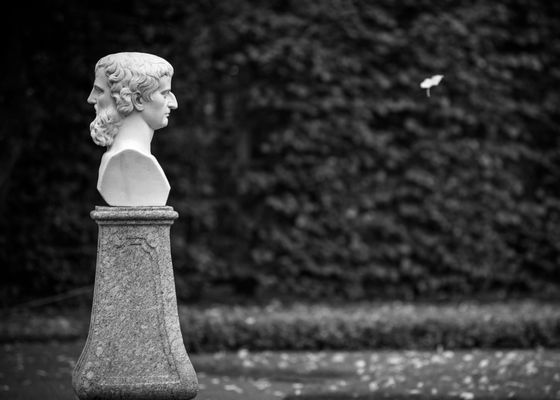

- These lines show that the witches’ speeches (and their intentions) are full of double meanings – they are not what they appear, and they cannot be trusted.
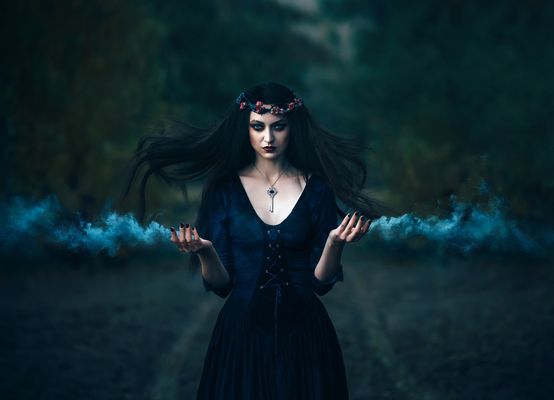

- These lines are written in trochaic tetrameter (four sets of a stressed syllable followed by an unstressed syllable).
- Shakespeare usually writes in iambic pentameter, so this highlights the witches as unusual.
- This structure shows that the witches speak in a different way to everyone else, and that they are doing something incredibly important, as they stress these harsh sounds and repeat the lines themselves.
- This moment is almost a threat to Macbeth – they are chanting and aiming their spell at him, and it is a powerful spell.
1Literary & Cultural Context
2Plot Summary
3Characters
3.1Macbeth
3.2Lady Macbeth
3.3Other Characters
3.4Grade 9 - Key Characters
4Themes
4.1Themes
4.2Grade 9 - Themes
5Writer's Techniques
5.1Structure, Meter & Other Literary Techniques
6Recap: Main Quotes
6.1Characters Quotes
Jump to other topics
1Literary & Cultural Context
2Plot Summary
3Characters
3.1Macbeth
3.2Lady Macbeth
3.3Other Characters
3.4Grade 9 - Key Characters
4Themes
4.1Themes
4.2Grade 9 - Themes
5Writer's Techniques
5.1Structure, Meter & Other Literary Techniques
6Recap: Main Quotes
6.1Characters Quotes
Unlock your full potential with Seneca Premium
Unlimited access to 10,000+ open-ended exam questions
Mini-mock exams based on your study history
Unlock 800+ premium courses & e-books